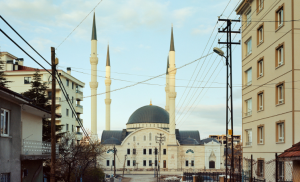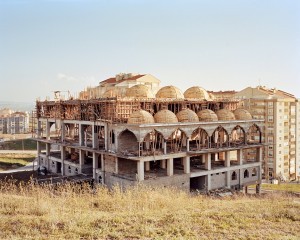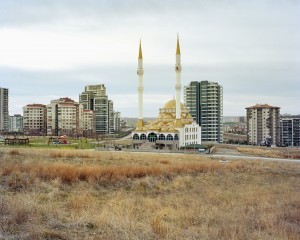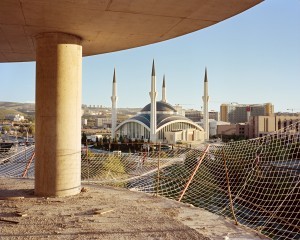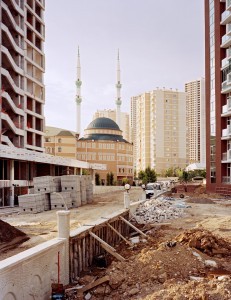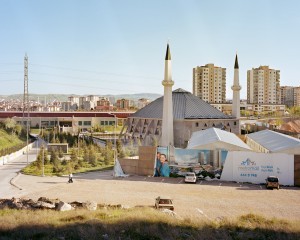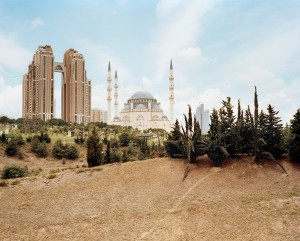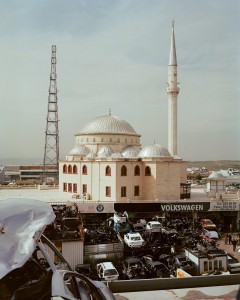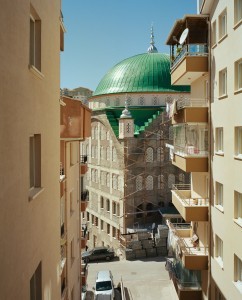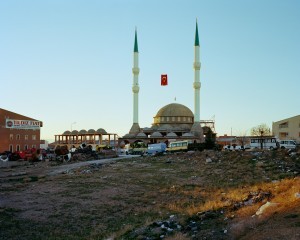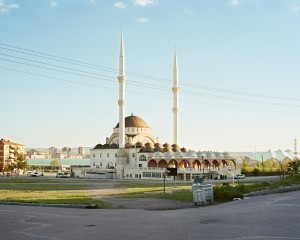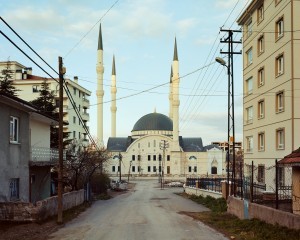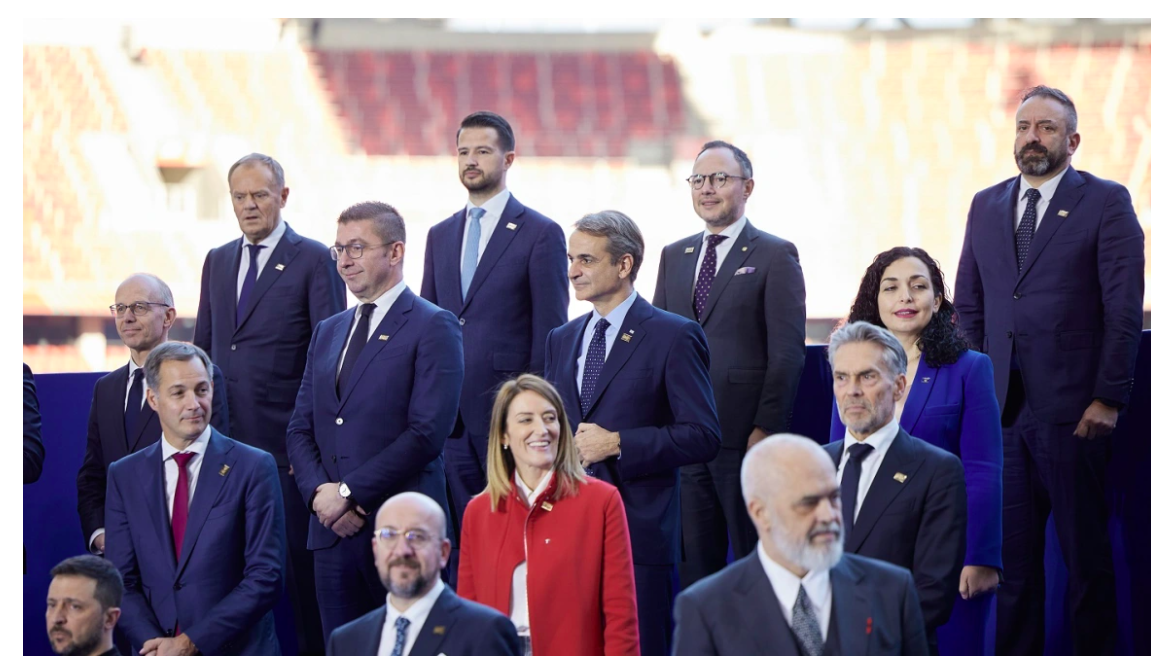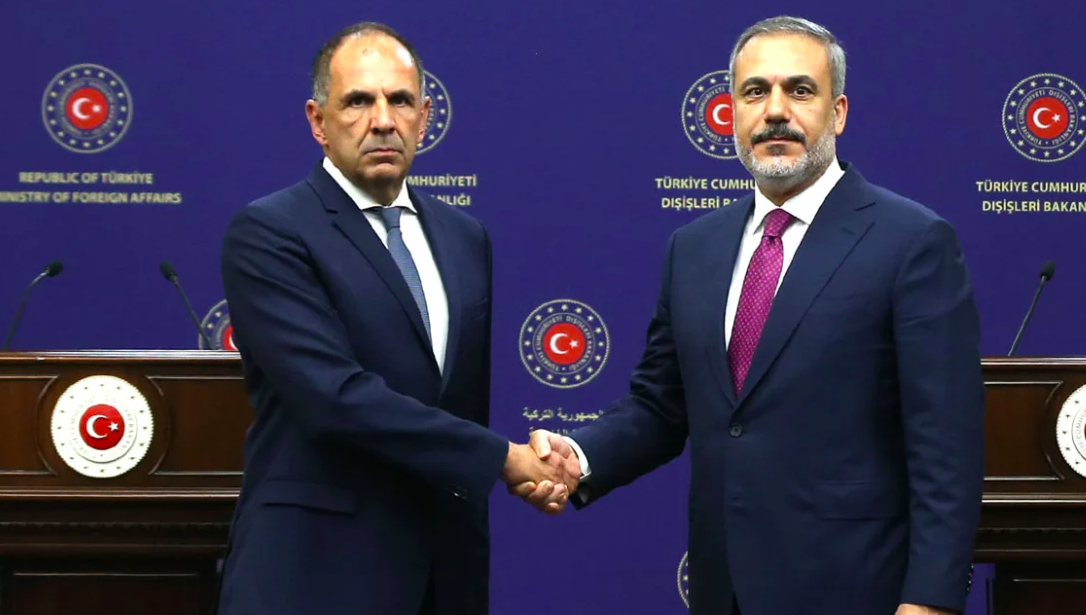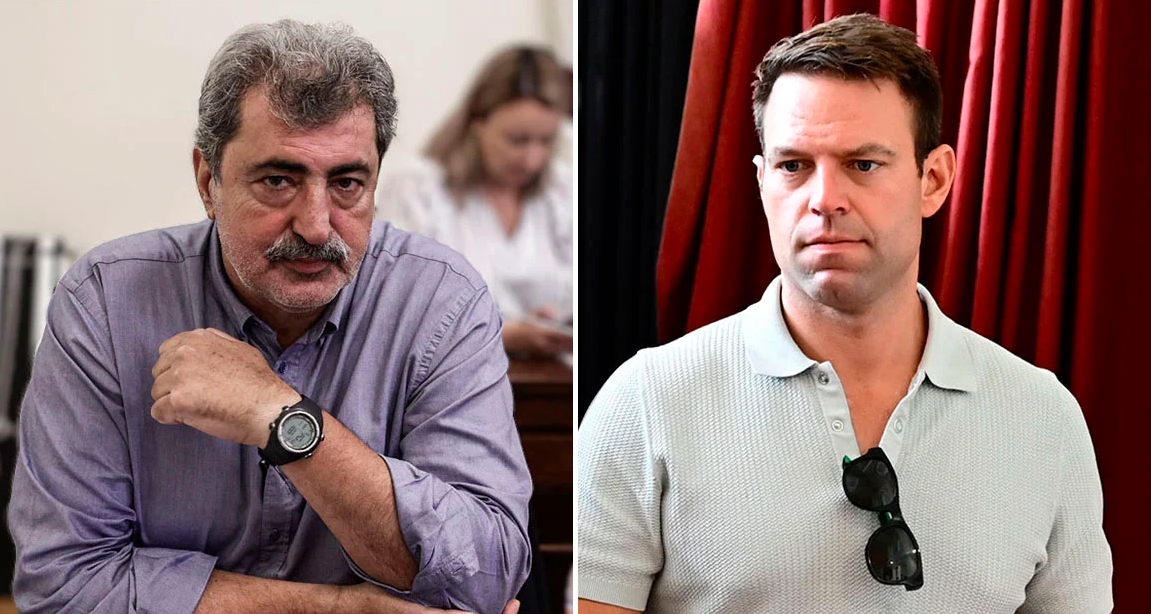In Turkey, mosques have a dual spiritual and economic purpose. This surprised me when I first moved to the country more than a decade ago. I expected God and money to be kept separate, at least outwardly, more in keeping with the discreet, cash-in-envelopes Christian churches of my youth. Yet around the exterior of the tiny, seafoam green 19th-century mosque across the street from my Istanbul home, I discovered an array of shops: a locksmith, a market, a kebab joint, a teahouse and a rotisserie vendor whose delicious, buttery chickens twirled all day outside. One of the imams who preached at the mosque was a part-time real estate agent. The attempted military coup last July lasted until the wee hours of the night, yet my little green mosque was, as usual, open and ready early the next morning for prayer; the locksmith whose shop was part of the complex waddled in by 9 a.m., and the happy blend of prayer and small-time hustle in Istanbul continued unabated.
But much of typical Turkish life has been transformed by President Recep Tayyip Erdogan, especially when it comes to Islam and profit. Many of Turkey’s 75,000 mosques were historically built and maintained by the Ministry of Religious Affairs, or Diyanet, according to a community’s needs for prayer space. It was not assumed that a new neighborhood or a college campus, for example, necessarily required a mosque. Such decisions depended on both the ruling government’s perspective on religion and society and the levels of urban and rural development at the time. Between 2006 and 2009 — Erdogan became prime minister in 2002 — 9,000 additional mosques went up throughout Turkey. Like his bridges, airports, pastel-pastiche apartment towers and luxury shopping malls, Erdogan’s mosques have themselves become engines of national economic growth, as well as symbols of his New Turkey. In 2012, roughly when Erdogan was taking a turn toward the authoritarian and just before terrorist violence began hitting Turkey, there was a ribbon-cutting for the government-commissioned, $22 million Atasehir Mimar Sinan Mosque on the eastern, Asian side of Istanbul. One of the guests, the speaker of the National Assembly in Iraq, remarked: “Turkey is building a new civilization.”
But while some of these mosques — like the Mimar Sinan and the nearly finished Camlica Mosque, also in Istanbul — are expressions of state and cultural power, the vast majority of them are smaller community mosques, like many of those seen on these pages in Norman Behrendt’s photographs of expanding neighborhoods in Ankara and Istanbul. Such outposts, typically constructed in the imperial Ottoman style and in color combinations completely at odds with the natural environment, squat at the edges of Turkey’s major cities like holy stakes in the ground. They’re ostensibly meant to serve the new residential buildings rising around them, but it’s hard not to see in their proliferation a leader’s hope to further the Islamicization of his country by adding more houses of worship. Do all these mosques mark Turkey’s priorities as Islamic and Ottoman, or capitalist and authoritarian? All of the above? Or something else entirely?
Erdogan has a longstanding obsession with Turkey’s Ottoman past and the use of mosques as provocation. As early as 1994, when he was campaigning to be mayor of Istanbul, his party portrayed his ascent as “the second conquest of Istanbul,” one that portended a triumph not unlike Fatih Sultan Mehmet’s first conquest in 1453. In 1996, as the city’s mayor, Erdogan pushed plans for a mosque in Taksim Square, the heart of the city and a symbol of Mustafa Kemal Ataturk’s modern, Western-facing republic. Secular-minded residents were aghast at what they saw as evidence of his Islamist intentions; the mosque project ended up being quashed. (This drama was repeated in 2013, when Erdogan proposed putting a shopping mall, designed to resemble old Ottoman military barracks, in the same republican space, sparking the Gezi Park protests.) Islamic chauvinism, however, was perhaps just one threat posed by Erdogan. Shortly after he came to national power, something else seemed to be more important to him — namely, the money to be made from urban development.
By 2004, Erdogan’s AK Party controlled not only the national government but also the municipalities of Istanbul and Ankara, the capital city. The party embraced a new global trend in urban management: It helped establish a series of distinct city-run corporations. At first, the public-private synergy produced real benefits; the AK Party expanded metro service throughout Istanbul and created new parks and pedestrian spaces. But as the party’s power and the country’s economy grew, the government began selling off empty state land to private developers, often partnering with them through the national housing commission, TOKI. Together they built apartment towers, bridges and airports, tunnels and shopping malls with valet parking. Erdogan, in a sense, came to define the public’s space and its values. “In many parts of the world, the state’s role is to safeguard the interests of the public when negotiating with private developers,” says Sibel Bozdogan, an architectural historian who has been a lecturer at Harvard’s Graduate School of Design. “In Turkey, the state is the biggest developer.”
Soon entire neighborhoods might be torn down and rebuilt. Yenimahalle, one of the locations for Behrendt’s photographs, is an enormous district of 650,000 residents that was established in the 1940s as a modernist symbol of the new Turkish republic. As the district expanded, it took on other characteristics, notably as a home to gecekondu, or shantytowns “built overnight” by migrant Turks from other parts of the country. Rather than kicking out the arrivistes, shrewd politicians won elections by promising to bring services like water, electricity and mail to constituents. This relatively humane solution to homelessness worked until fairly recently, when Erdogan recognized that he could cite the questionable legality of some settlements in order to undertake so-called urban-transformation projects — essentially ejecting the tenants, destroying the old houses and erecting new ones, the TOKI contracts for which were often directed toward businessmen friendly to the government.
All this construction activity has proved to be a vote-getter for the AK Party. Many Turks, even those who will never visit, say, the Zorlu Center, a fancy Istanbul mall with its own Eataly, or who will never drive their car over a new bridge, or who already have their favorite nearby mosque to pray in, have thrilled to Turkey’s progress and been filled with national pride: Their country is modernizing; their government is getting things done. That may be because Erdogan has cleverly manipulated the Turks’ identity. Even if the AK Party was destroying communities to modernize the country, it was offering its people images of past and present greatness as a psychic balm. Erdogan often speaks of ancient battles won by the Ottomans, and he keeps putting up all those 16th-century-style mosques in tribute to a period when they ruled the greatest empire on earth.
The Mimar Sinan Mosque, for example, was named for the Ottoman Empire’s most famous architect. It draws on Seljuk and Byzantine influences, like many of Turkey’s most celebrated edifices, including the Selimiye and Suleymaniye Mosques. They have dome roofs, an array of minarets, stone-portal facades, interior courtyards and decorative tiles. (While most visitors find their orblike bodies and graceful minarets to be magical, the Russian poet Joseph Brodsky memorably compared Turkish mosques to enormous frozen toads.) Likewise, Erdogan’s most cherished initiative, a huge mosque on Camlica Hill in Istanbul, near the shores of the Bosporus, is a classic Ottoman mosque with one expansive dome roof, several cupolas and a total of six minarets arranged around it.
Erdogan is ordering the construction of mosques much as Suleiman the Magnificent once gave orders to Mimar Sinan. But as Bozdogan points out, there were many styles of mosques throughout the Ottoman Empire; in the 18th, 19th and early 20th centuries, Ottoman Baroque and Ottoman Neoclassical were common creative experiments. The Ottomans did not hesitate to seek out modern European influences for a Westernized future and seldom looked back to some glorious past. Erdogan, however, sees such 18th- and 19th-century mosques as a contamination, not purely Turkish like the mosques of the 16th century. Bulent Batuman, an associate professor of urban design at Bilkent University in Ankara, suggests that Erdogan’s neo-Ottoman mosques are not nostalgic, which would mean an acceptance of the Ottoman Empire’s demise; for Erdogan, they are “a disavowal of such failure” and a forward-looking attempt to restore the past’s glory.
Erdogan once said he “would tear down a mosque to build a road.” Even the Mimar Sinan Mosque cowers in the shadow of the strange structure on the left of Behrendt’s photo, which is called Uphill Court, a residence with a skywalk built by TOKI and the real estate developer Varyap. Its architecture typifies some newly developed parts of Istanbul and Ankara, where enormous and metallic-accented apartment complexes seem more like spaceships than human dwellings. These so-called neighborhoods — often just a series of residential towers next to highways and office parks — violate virtually all the rules about neighborhood life that the Ottomans perfected in the old-city areas of Beyoglu and Sultanahmet: short and narrow city blocks, lots of independently owned shops and a vibrant street culture. Erdogan might believe that secularism ripped Muslims from their traditional way of life, but so might encouraging people to live 43 stories up in the air with no easy access to a bakkal (market), or neighborly conversation, or, incidentally, a mosque where they might pray five times a day. Mosques — manifestations of religious tradition — and prosperous modern surroundings can’t make up for the loneliness apparent in Behrendt’s images.
Turkey is no longer the country of security and prosperity of Erdogan’s first decade in office. Terrorism has battered nightclubs, soccer games, heritage sites, bus stops and pedestrian walkways. The police and their tanks and machine guns are everywhere, patrolling the streets. Since the Gezi Park protests of 2013, even parks have become off-limits for large gatherings, except for the state-sanctioned, nationalistic extravaganzas like those sponsored by the government every night after the attempted military coup. Buildings are still going up around Turkey, but it’s unclear if anyone will occupy them. The economy is faltering. Parts of Istanbul and Ankara are beginning to resemble the suburbs of Dublin after the real estate crash in 2009. In Turkey, in addition to “ghost neighborhoods,” there may soon be ghost airports, ghost malls and ghost mosques, like the ones in Behrendt’s photographs.
Yet Erdogan somehow always outmaneuvers fate. Earlier this year, he again unveiled new plans for a Taksim mosque, which some regarded as a political move to generate support for the April referendum when voters decided whether his powers should be greatly expanded; his victory opened the door to his remaining president until 2029. In 2014, after Turkey’s economy began to suffer, Turkey deepened its involvement in the wars in Syria and Iraq, and Erdogan later restarted another with the Kurds in Turkey’s east. At home, he fills his empty TOKI towns with Syrian refugees, while some of the country’s destroyed Kurdish areas have already been zoned for urban renewal. In the contexts of Syria and Iraq, he talks up his construction skills as if to ask: Who else would be better at rebuilding a country shattered by war? And so the Turkish mosque, with its hunchback dome, spearlike minarets and ground-floor bodegas, might yet find a hundred new homes in Raqqa and Mosul and Cizre, whether or not there is anyone left to pray in them.
